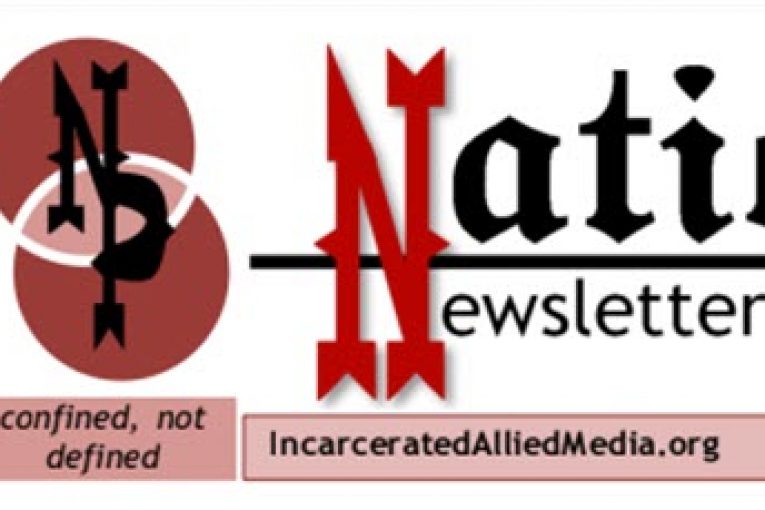

By Donald Johnston
THE SAD TRUTH about domestic violence is that abusive homes breed abusive people, and that the victims of this cruelty suffer at the hands of those expected to love and protect them. This constant threat in the home is mentally draining and physically and emotionally traumatic; and feelings of betrayal and confusion — along with physical injuries — are just a few of the outcomes of the cycle of domestic violence. So, what can be done to interrupt this cycle?
First, we must understand what domestic violence is; it is not just when one intimate partner hits the other. Domestic violence can be between non-romantic partners as well as romantic ones. There are at least six types of domestic violence:
-
- Physical violence like hitting, punching, choking, pushing, shoving, grabbing, and restraining.
- Emotional violence like forced isolation from friends or family, lying, accusing, blaming, withholding affection, tuning out, and disrespect of agreed-upon boundaries.
- Economic violence such as controlling or withholding money.
- Verbal violence like threats, yelling, swearing, insulting, teasing, etc.
- Energetic violence like throwing objects, slamming doors, destroying personal property, taking away the person’s phone, invading personal space, posturing, etc.
- Sexual violence such as not taking “no” for an answer with coercion or rape, believing sex is a right, cheating on your partner, having unprotected sex, etc.
The cycle of domestic violence has three stages:
- The honeymoon stage when all seems fine.
- The building of tension stage when pent-up emotions increase and near a boiling point.
- The abuse stage when one or any combination of the six types of violence occurs.
When we better understand what domestic violence is, we can begin to think about how to interrupt it.
In prison or out, the best way to begin is with education. Attend self-help groups, take correspondence courses, read books on the subject, work with a sponsor from any of the self-help groups offered. Don’t be afraid to speak openly about the past and search for those root causes of anger and insecurity. Challenge belief systems, understand emotions, and learn how to deal with fear of rejection and the feeling of powerlessness. Try to foster a sense of empathy and compassion for those we care about; see each person for who they are and don’t objectify them. Discover the triggers that can activate the cycle of violence and abuse and be mindful of them. Practice the coping skills of respect, care, trust, listening, communication, empathy, and compassion.
Several prominent self-help groups available to the incarcerated address the issue of domestic violence at some level. The April 2021 Mule Creek Post included an article on AIDA (Awareness Into Domestic Abuse). The group offers free correspondence courses specifically for domestic violence and provides a certificate of completion (see the address above.)
Let us resolve to end those old patterns of abuse and violence; let us never again create victims of those we are supposed to love and protect.
To sign up for our new newsletter – Everyday Injustice – https://tinyurl.com/yyultcf9
Support our work – to become a sustaining at $5 – $10- $25 per month hit the link:
"cycle" - Google News
June 08, 2021 at 10:58AM
https://ift.tt/3pu5XGU
Overcoming the Cycle of Domestic Violence - The People’s Vanguard of Davis
"cycle" - Google News
https://ift.tt/32MWqxP
https://ift.tt/3b0YXrX
Bagikan Berita Ini















0 Response to "Overcoming the Cycle of Domestic Violence - The People’s Vanguard of Davis"
Post a Comment